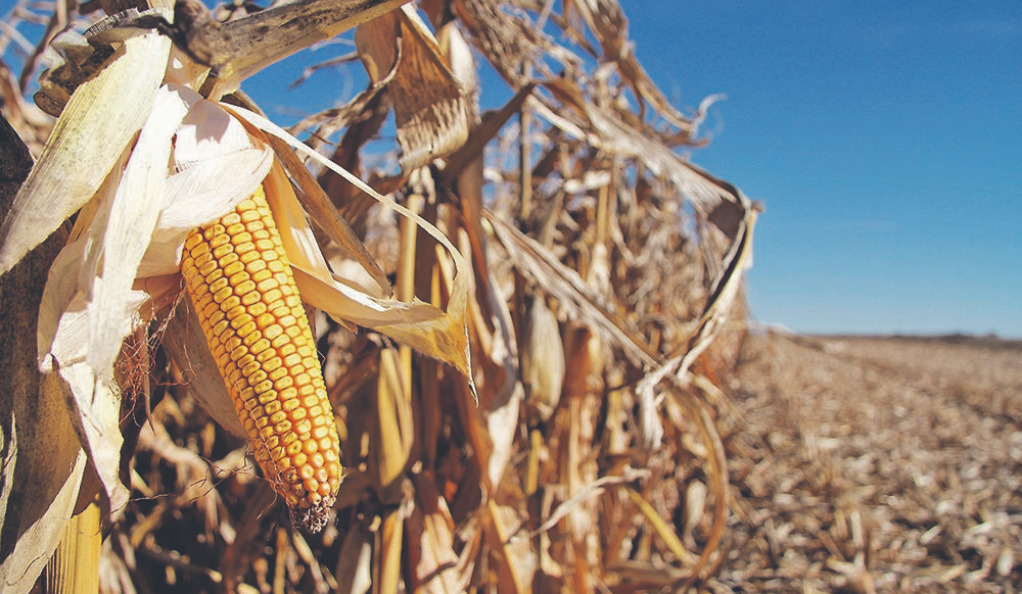US Corn and Soy Yields: Analyzing Potential Bottoms for 2023
The agricultural industry in the United States plays a crucial role in the global food supply chain, with corn and soybeans being significant commodities. However, the yields of these crops are subject to various factors that can affect their production. By examining these factors, we can gain insights into potential bottoms for US corn and soy yields in 2023. This analysis will provide valuable information for farmers, investors, and policymakers involved in the agricultural sector.
Factors Affecting US Corn and Soy Yields: Examining Potential Bottoms in 2023

-
Climate Change: Climate fluctuations have a direct impact on crop yields. Extreme weather events, such as droughts, floods, and heatwaves, can reduce corn and soy yields significantly. Climate change projections indicate an increased frequency and intensity of these events, posing a potential risk to crop production in 2023. Farmers must adapt by implementing sustainable farming practices, utilizing irrigation methods, and exploring crop varieties that are more resilient to adverse climatic conditions.
-
Pest and Disease Management: Pests and diseases can severely impact corn and soy yields if not properly managed. In recent years, the rise of pests, such as corn rootworm and soybean cyst nematode, has posed challenges to farmers. It is crucial to implement integrated pest management strategies, including crop rotation, biological control methods, and judicious use of pesticides, to mitigate the risk of yield losses in 2023. Continuous monitoring and early detection of pests and diseases are vital for effective management.
-
Technological Advancements: Technological innovations in agriculture have the potential to improve crop yields. Precision farming technologies, such as remote sensing, drones, and artificial intelligence, can optimize resource efficiency, enhance pest management, and provide valuable insights for decision-making. Furthermore, the development of genetically modified crops with improved traits, such as drought and pest resistance, can contribute to higher yields. Adoption of these technologies and advancements in farming practices can help mitigate potential bottoming out of corn and soy yields in 2023.
Analyzing Historical Trends and Future Forecasts: Projecting US Corn and Soy Yields for 2023
Analyzing historical trends and studying future forecasts is essential to project US corn and soy yields for 2023 accurately. By examining previous years’ data, we can identify patterns and trends in yield fluctuations. This analysis can help predict potential bottoms and develop strategies to mitigate risks.
Historical data suggests that corn and soy yields have shown an overall increasing trend in recent years. However, it is important to note that there have been occasional years with lower yields due to various factors such as adverse weather conditions or disease outbreaks. By considering these historical patterns, it is possible to estimate a potential bottom for corn and soy yields in 2023.
Future forecasts also play a crucial role in projecting corn and soy yields for 2023. Various organizations, such as the United States Department of Agriculture (USDA) or private research institutions, provide yield forecasts based on factors like acreage planted, weather patterns, and crop conditions. These forecasts are regularly updated throughout the growing season, allowing farmers and stakeholders to adapt their strategies accordingly. 2025 coming soon DATA https://sweepxtreme.com/
